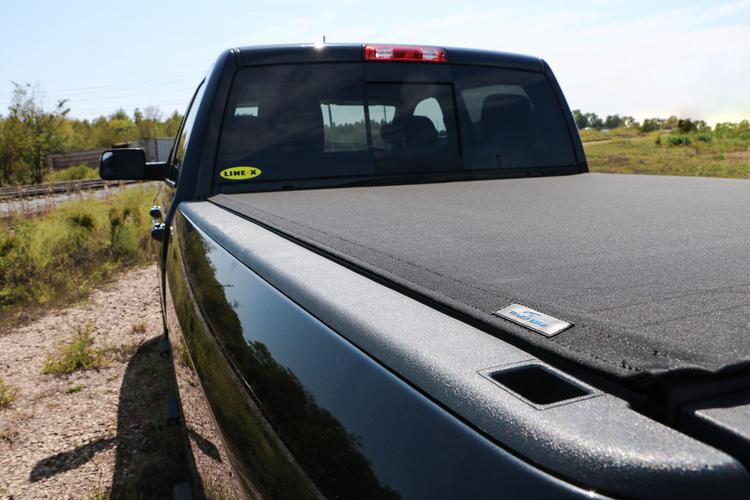Visiting a dealer’s Finance and Insurance office is usually the last excruciating step when buying a car. The F&I rep will go through an endless stack of documents to finalize the sale while attempting to sell as many pointless add-ons as possible.
Many of us know to avoid add-ons like pin striping, paint protection, and extended warranties since they are either overpriced or valueless — but we may be letting the worst offender of all slip by.
These alarms actually start out as key management utilities for dealers, who later turn them into alarms if they are able to stiff the customer. Dealers that install these devices often use them on every vehicle that comes on the lot, since they are programmable to a master fob by inserting a compatible module in the alarm control unit. Once they are programmed to the master fob, any salesman or manager can open the car with their fob, which makes it easier for them to show the car to customers.
These devices are cheap imported units that are usually installed by tapping into power and ground under the steering wheel and connecting to the door lock module. Some of the systems also have starter interrupt to prevent theft. In order to install them, the starter wire is cut and routed through the system. The control unit is usually mounted in an accessible location under the steering wheel so that the module is easy to swap. The initial cost to the dealer for one unit usually runs around $40 or $50.
Once the car is on its way to being sold, the device needs to be converted to a customer-controlled alarm or immobilized. In order to convert them to an alarm, the dealer module is removed from the control unit and a customer module is inserted and activated. Activation usually runs the dealer around $150, so their total cost for an activated unit is about $200. Depending on how the dealership operates, the finance person may try to sell the alarm up front or they might insert it into the deal via some sort of payment padding. The worst dealers will tell the customer that to get a certain interest rate they will need to buy the alarm at anywhere from $600 to $1200. They add points to the non-alarm interest rate to make the payments look the same.
These dealers usually show customers how the alarm is actually worth closer to $1,500 and are not unlike
white van speaker scammers
in that regard. Some dealers are a little better about it and tell the customer up front that they can have the alarm activated for $300 or $400 and negotiate down from there. They are making money on the unit as long as they can sell it above $200, so dealers are usually willing to negotiate. Many will be pushy, but they will often relent if a customer does not want the alarm. In that case, they will install a disable module instead of the alarm module, leaving the system inoperable but still wired into the car. The dealer will only be out the initial $40 or $50 fee.
There are various schemes that are used to get these alarms into cars and they are often used by
low-price advertisers
who will advertise a car a few hundred dollars below their competitors but have fine print stating that a $495 security package must be installed. The unfortunate part is that dealers are butchering many new by cutting wires and having the module drilled into the bottom of the dash. Most buyers don’t realize it. Some customers complain and ask for the complete removal of the system, but it’s rare that a dealer agrees to remove it.
The most telling sign of the intended use of these devices is the source. Most of these devices are not manufactured and sold by mainstream alarm manufacturers, but are usually found in some sort package from a F&I consulting company. They are sold along with paint protection and pin striping products — and training on how to sell them. These companies are F&I trainers and the alarm systems are just one of the tools in their arsenal. Some
have even been sued

for the payment packing practices that they recommend.
These alarm systems rarely provide improved security over the factory systems and can even
cause
issues
down
the road, so I recommend finding a car without one since removal of such a system will still leave holes in the dash and patched wires.
[Title Image Credit:
PriusChat
; Alarm Image Credit:
eBay
; De-Activation Image:
GenCoupe.com
]




